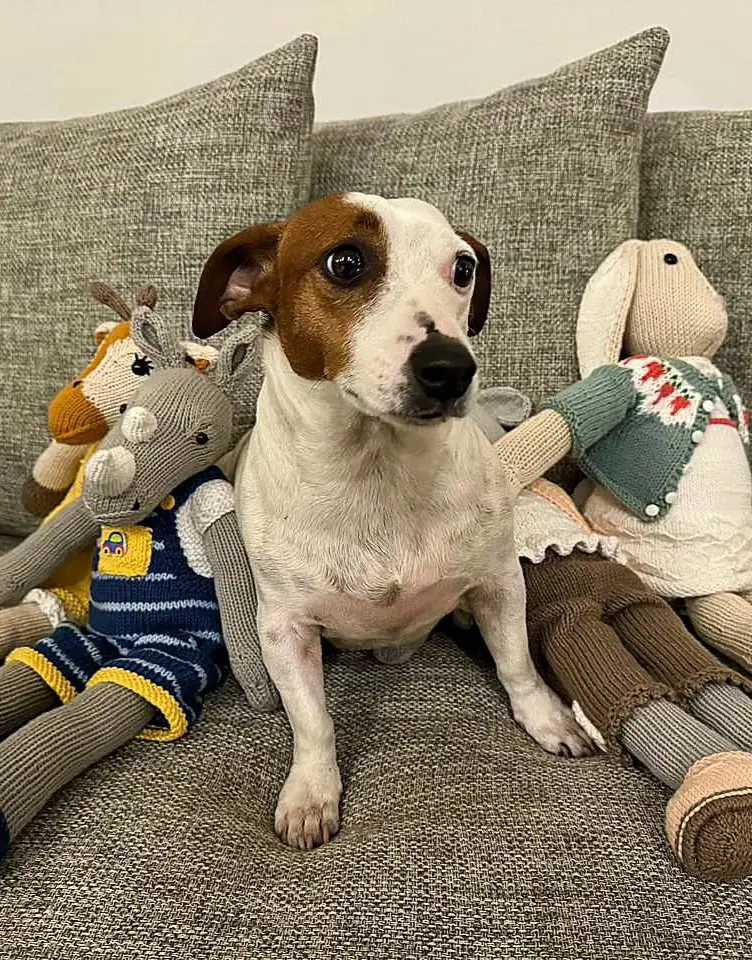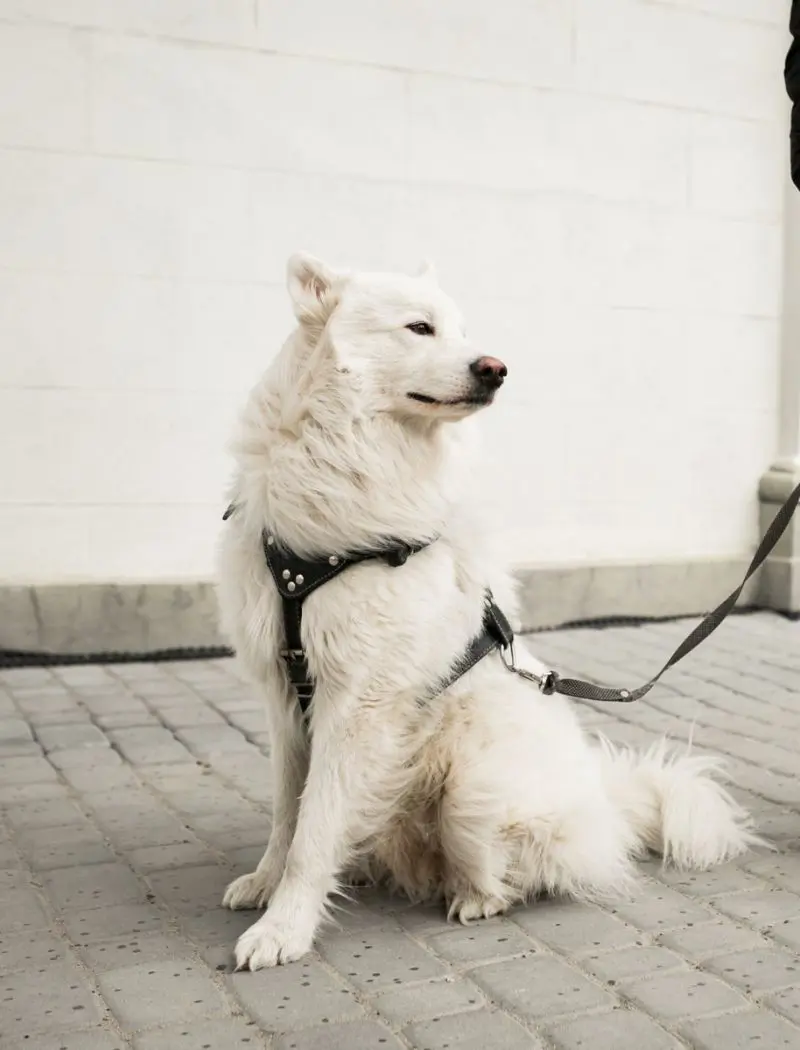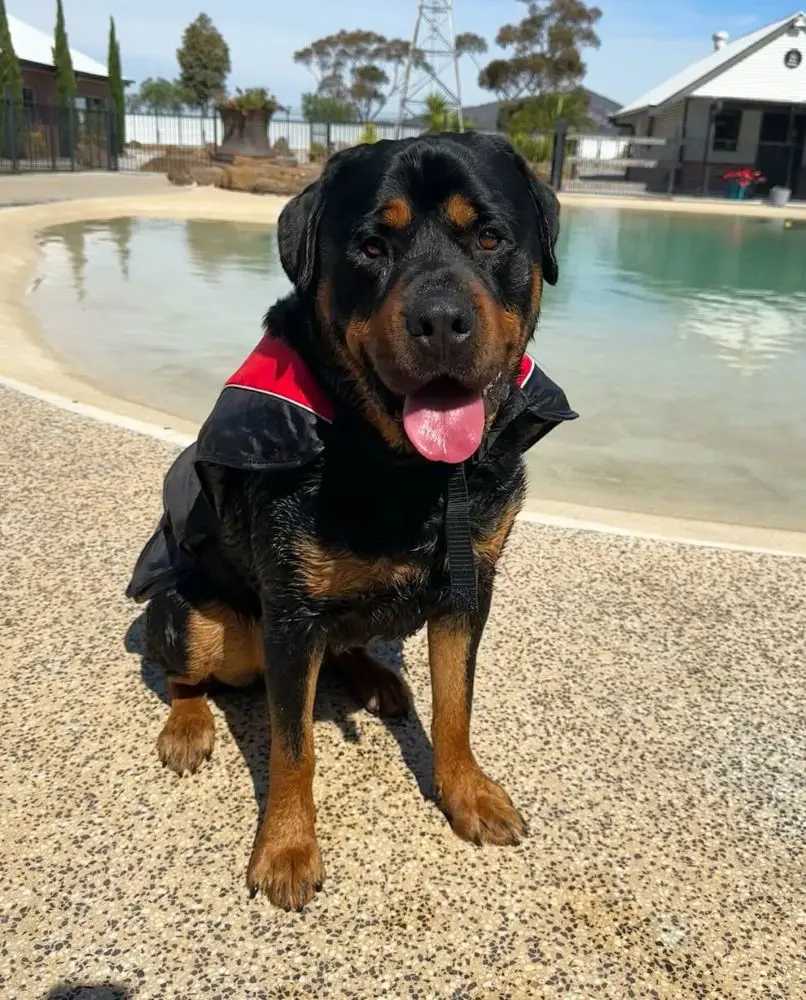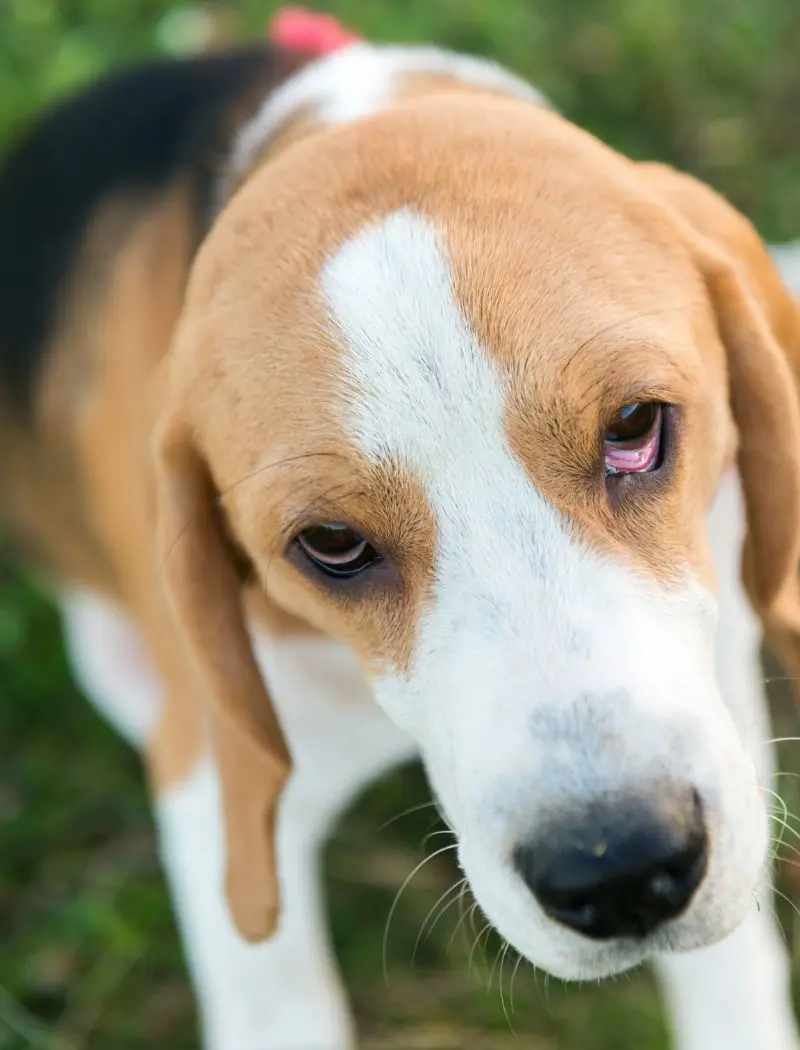Why Do Dog Twitch In Sleep?

Just as humans pass through various stages of slumber, canines, too, experience different phases of sleep. It is common to see them twitch their paws or make noises while waving limbs as if lost in vivid dreams.
The limbs will twitch far more during Rapid Eye Movement(REM) as the body remains paralyzed except for occasional bursts. While disconcerting, such movements are usually harmless, apart from the risk of old age injuries from falls in rare cases.
Understanding Canine Sleep Cycles
Like humans, canines pass through different stages of sleep. First, it's important to comprehend how dogs' sleep cycles function to understand why they twitch when they sleep.
Periods of rapid eye movement, or REM, are among these stages. Sleep also involves the fast beating of the heart, vivid dreams, and rapid eye movements. At this stage, dogs are most likely jittering in their sleep.
When a dog sleeps during REM, your brain processes a lot of information and events from the day. It replays how to act or react to different things, and that can cause twitching of muscles and other involuntary movements. Just think about it as your dog acting out their fantasies.
Dogs go through several phases of sleep in cycles, such as:
Non-REM Sleep
They enter a light stage of sleep, and the frequency of the brain waves slows down, so the dogs do not have such active dreams. Sleep is made up of stages of light and deep, in which the dog's body rests and physiological processes are slowed down.
REM Sleep
Brain activity increases during REM sleep, making it similar to the animal's waking consciousness. This is the stage in which dogs usually dream and twitch. REM sleep is necessary because it is used for memory consolidation and other cognitive processes.
Why Dogs Twitch During REM Sleep
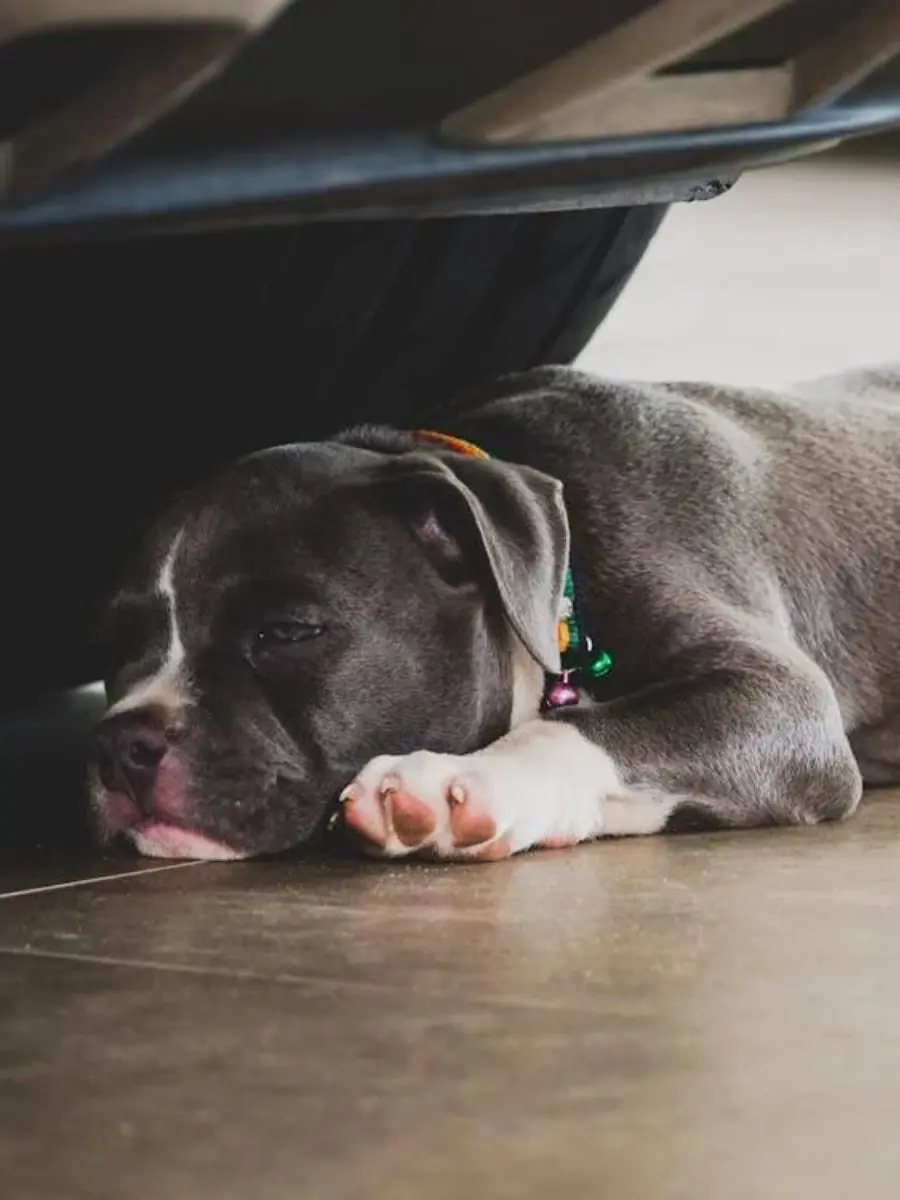
Dogs sleep through different cycles, including the REM cycle, when the brain is rather active and the dogs dream. In REM sleep, dogs become active and start paddling and moving their paws, and there could be muscle cramps in the face region.
This twitching is associated with the muscles tensing and the brain’s electrical activity during the dreaming phase. Current research seems to provide information regarding why dogs make these jerking motions during REM sleep that may help us understand their sleep patterns and health, tapping into the relationship between sleeping and dreaming in dogs.
Dreaming
Dogs are dreaming creatures. Like humans, dogs dream about their daily meetings, hunts, or even relationships. Indeed, with time, you have probably noticed the ways in which your dog 'acts' out, paddling its paws or twitching, indicating that it's running, playing, or doing something else. This is all brought out by the brain's physiologic response when it's processing these dreams.
Muscle Contractions
REM sleep is characterized by stimulation from the brain to the muscles that activate muscles with no requisite commands. As such, the stimulation can ultimately cause jerking where they look like they are running, twitching, and sometimes paddling using their feet. In simple terms, the brain sends impulses electrically as a natural process of sleeping that generates transient muscular activity.
Neurological Activity
Like all animals, dogs' brains spike in activity during REM sleep. This impairs muscle control and coordination and can cause noticeable twitches or movements during this stage. This is the typical neurological activity of sleep for brain organization and memory storage.
Factors Influencing Twitching In Dogs
Twitching may be a bit puzzling for dog owners because this symptom usually represents many underlying circumstances. Knowing what causes twitching in a dog may enable a dog owner to address his or her dog's needs better and, when necessary, consult the right veterinarian.
From innocuous conditions such as dreaming and overworked muscles to more severe neurological abnormality and chemicals in the environment, just about anything can cause an involuntary muscular contraction.
To determine the causes of twitching, a dog's overall health, recent activities, and environmental concerns must be carefully investigated.
Age
The frequency and intensity of a dog's twitches during its sleep may vary with age. In general, puppies and young dogs will twitch more often because their sleep cycles are more dynamic and because they spend more time in REM sleep.
Older dogs may twitch at a lesser frequency, and if they do, it will be more obvious because of variations in brain function.
Breed
Some breeds during that time may tend to "act out" and show twitches or movements while they are, in fact, dreaming.
Well-known breeds with lots of energy or personal style, for example, may visibly twitch a lot during dream sleep. This phenomenon may relate to the heightened level of activity during the waking period and the nature of their dreams.
Health and Well-being
A relationship may exist between a dog's sleep routine or habits and their overall health. Uncomfortable, nervous, or stressed dogs twitch more or otherwise act like their sleep is disturbed.
Additionally, an individual dog's sleeping twitching or movements resulting from dreams can be based on medical conditions, including neurological disorders and muscular problems.
Common Twitching Behaviors
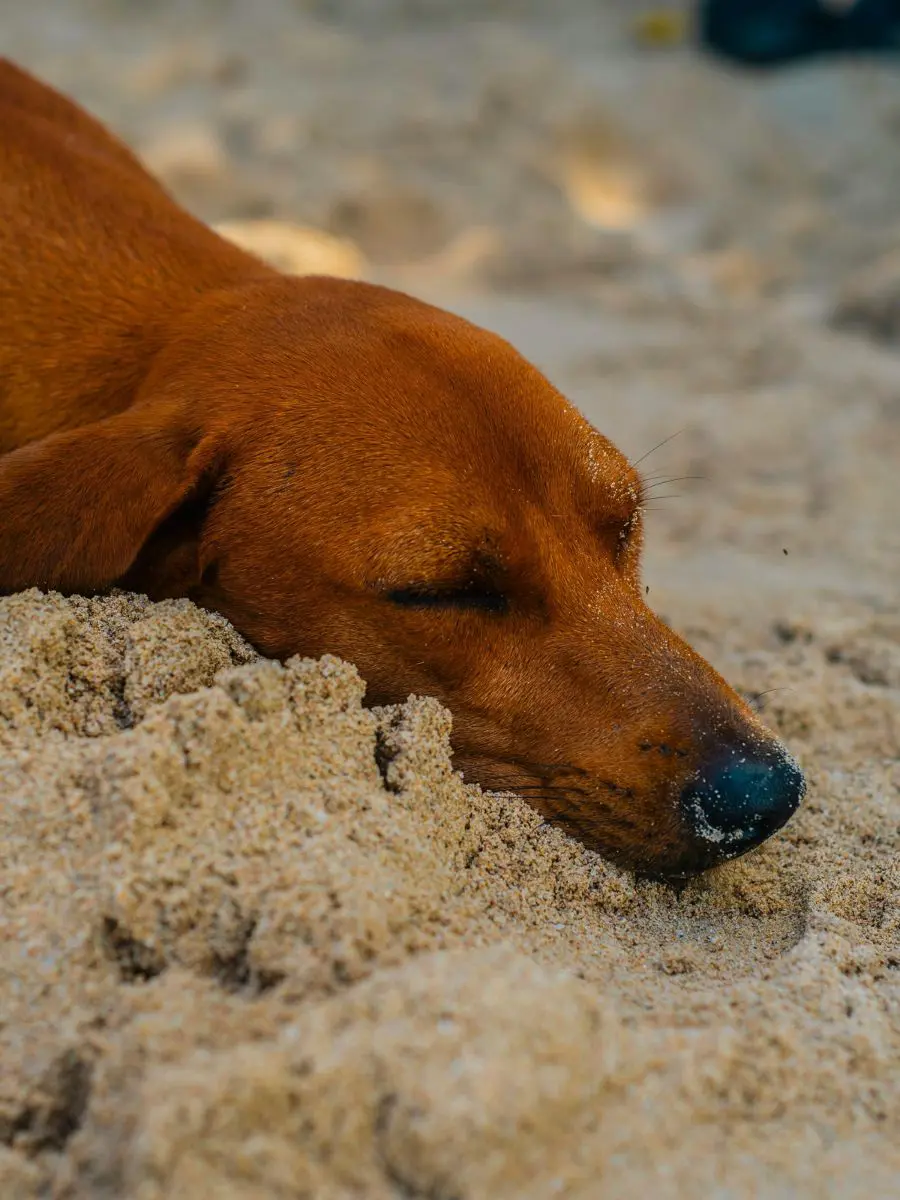
There are a few basic activities that are commonly seen during sleep, though each dog's twitching patterns may vary.
Dogs communicate their dreams and muscle spasms in a variety of ways, and these behaviors show this. By being aware of these actions, you may better understand your dog's sleep patterns.
Limb Twitches
Your dog will also exhibit limb twitches if his paws move as if he were running or digging. These movements are associated with REM sleep, wherein the brain mimics the execution of activities. This mostly harmless behavior is a reflection of how his brain is processing all the events that went on when he was awake.
Head Twitches
A dog's head twitches when it suddenly jerks either to one side or up and down. Such movements tend to mimic the dog's actions or reactions, which are related to activities of the brain during REM sleep. That sort of twitching is normal and indicates that your dog is falling into a deep, dream-filled stage of sleep.
Ear Twitches
For example, when his ears twitched, they would involuntarily flick or fold. Like other muscular twitching, this response is part of neurological impulses during REM sleep. These frequent movements, representative of the dog's active dreaming stage, generally are not indicative of any health issues.
Tail Wags
A dog may be sleeping, yet its tail might move either fast or slowly. Typically, the movements in a dog's tail are caused by content from the dream or by brain activities affecting the muscles of the tail. This behavior is normal and signifies that your dog's brain is actively analyzing circumstances related to dreams.
Vocalizations
Other dogs make sounds while sleeping; some growl, bark, or whimper. Dogs are bound to vocalize in response to a dream scenario, and such vocalizations usually happen when a dog is dreaming. Indeed, it is normal for dogs to make occasional little noises; however, if these vocalizations are frequent or extreme, in addition to other unusual behaviors, one should go to the doctor.
Potential Health Concerns
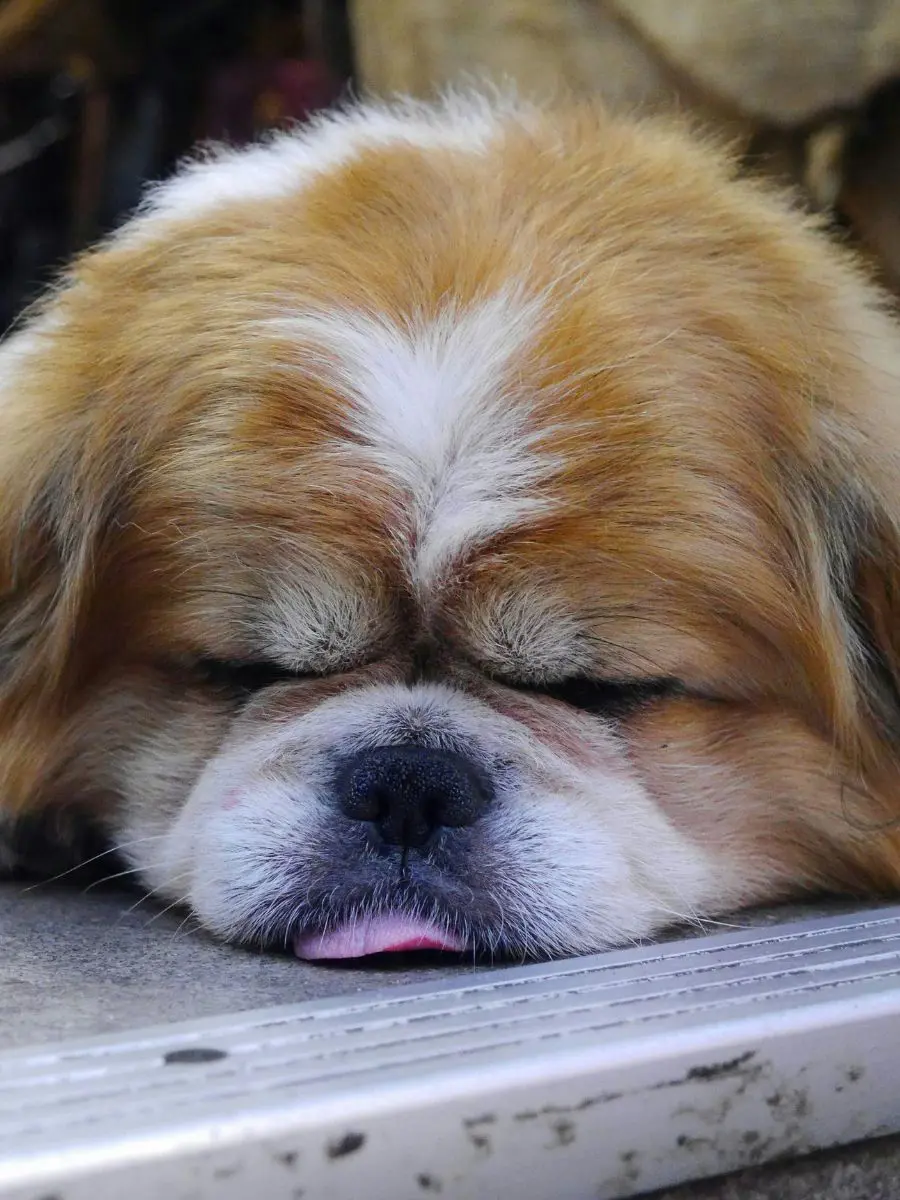
Twitching may denote the prevalence of some health conditions in dogs that might need attention. Whereas single incidents of twitching are not dangerous, other reasons associated with a more dangerous and persistent episode of twitching are life-threatening conditions like neurological diseases, seizures, or muscle injuries.
It is important to seek early detection of possible health issues so management and treatment may be given timely and effectively. An overview that aims to help pet owners recognize symptoms that may require a veterinary check, health issues, and twitching in dogs abound.
Anticipating such health problems could ensure timely intervention and, therefore, longer, better lives for one's dogs.
Seizures
Though some twitching is normal, occasional twitching can be normal, while regular or heavy twitching may point to seizure activity. Seizures are most often typified by stronger muscle contractions, though symptoms can also include unconsciousness or uncontrollable movements. It is very important to consult with a veterinarian if your dog is exhibiting persistent or abnormal twitching to rule out seizure disorders.
Sleep Disorders
A few sleep disorders could make you act out weird twitches or movements in your sleep. Some conditions, such as REM Sleep Behavior Disorder, may allow dogs to act out their dreams physically. You may need to take a trip to the vet if you notice your dog's twitching is coupled with weird behavior or looks extreme.
Pain or Discomfort
Twitching can sometimes be a means of release from some pain or discomfort. Painful dogs may shake, even while sleeping, as their body reacts to the agony. You will be able to tell whether your dog is twitching due to discomfort or some other ailment by observation of their overall behavior and physical health.
Is Twitching A Cause For Concern
Twitching during sleep is generally considered normal and benign. It reflects the brain's activity during REM sleep when dreaming and muscle contractions occur. For the most part, these twitches follow the dog's normal sleep cycle and don't really mean much.
If you notice heavy twitching or other changes in behavior, it may be something to investigate further. Significant changes in pattern twitching or other unusual symptoms may indicate an underlying health problem. It is essential to observe this behavior closely and report any further signs that may appear.
If you start to feel that you have reason to worry, the sensible thing to do would be to consult a veterinarian. Consultation with a vet will have a thorough checkup to rule out any health issues and advise you accordingly, based on your dog's individual needs, to ensure the general health and well-being of the dog.
Observing And Managing Twitching
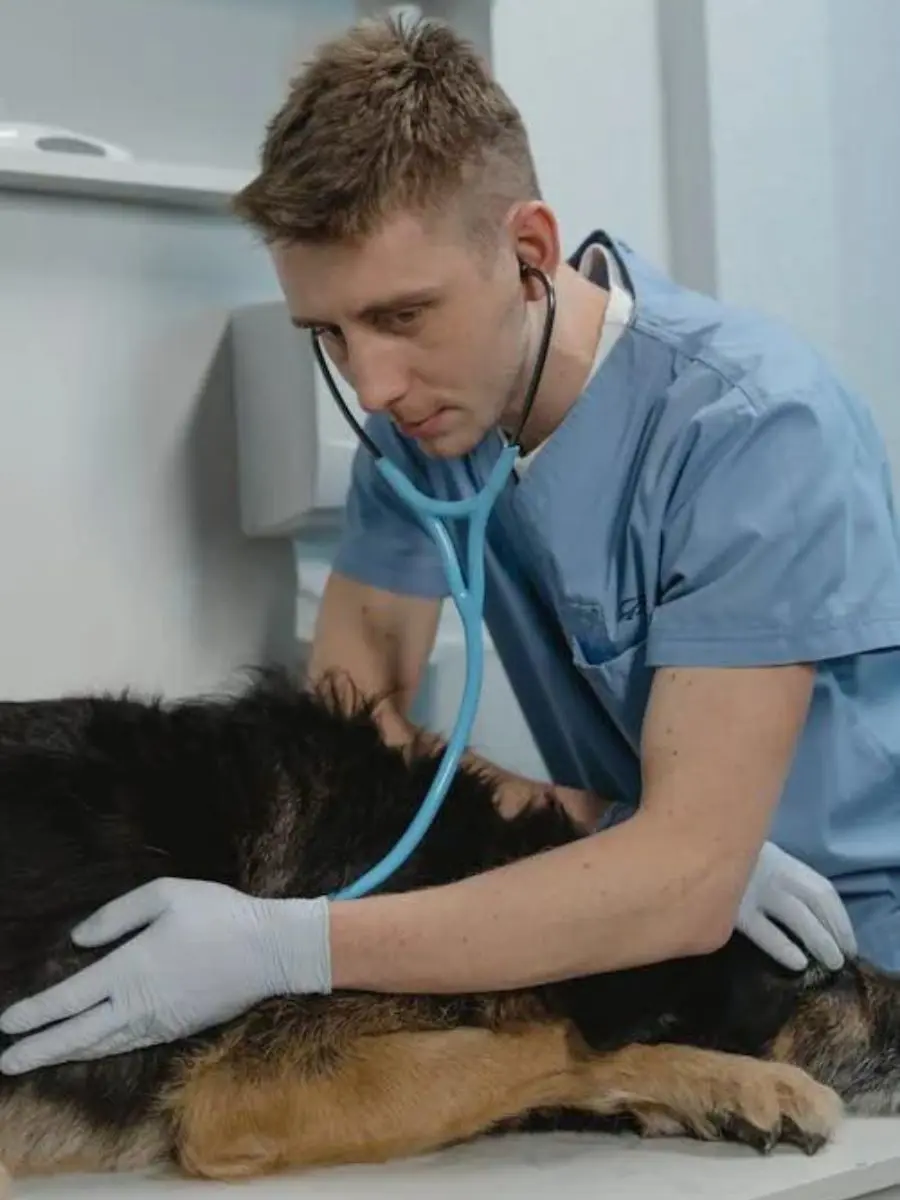
Observation and management of twitching in dogs require a lot of attention to detail and a very proactive approach. From minor muscle contractions to more pronounced spasms, a few of the forms and frequencies, so witnessed, may be seen in twitching.
Effective management starts with precisely recording the time, frequency, and experiences of the time the dog has had the cramp. Knowledge of this information localizes triggers or trends.
A detailed record, as well as regular visits to a vet, will help diagnose and properly treat the source cause of twitching for better management. This will increase your dog's overall comfort level and health while appropriately handling the illness.
Monitor Patterns
Observe your dog's sleep twitches for frequency and time. Whether these twitches change in frequency or strength or are accompanied by other symptoms, this information may be useful if you consult a veterinarian about your dog's behavior.
Ensure a Comfortable Sleeping Environment
Make the place comfortable and inviting for your dog to sleep. A quiet environment, a comfortably cushioned bed, and routine sleep times will increase the quality of sleep and reduce overall restlessness.
Consult a Veterinarian
If you find your dog twitching excessively or with other symptoms, then it is time to consult with the veterinarian. They can conduct a detailed check to rule out any medical condition that may be causing your dog's twitching.
Recent posts
Dogs
What Are Dogs Afraid Of? 10 Common Dog Fears And Phobias
Becoming a dog owner comes with certain responsibilities, including identifying their fears and phobias. From an unpleasant sound to an unfamiliar scent, many factors can trigger a fear response. Understanding a dog's psychology can be complicated; a...
How To Put A Dog Harness On: Step By Step
A dog harness is a popular and safe alternative to a neckband that is designed to distribute pressure more equally across the structure while walking or running. They are worn around the chest and torso, making them a comfortable option for many dogs...
15 Webbed Feet Dogs Breeds That Can Swim
Dogs often become excited when they are near a water body like a pool, river, or beach. Unlike cats, canines are not wary of water and are usually seen enjoying their swims at their nearby water hole. However, enthusiasm alone doesn't dictate a dog's...
20 Fun Activities For Dogs During Winter
Winter can be a great time to embrace the chilly season with creative activities that keep your furry friend happy and entertained. They provide a perfect opportunity to explore unique ways to bond with your dog. From snowy outdoor experiences to coz...
How To Introduce Baby To Dog: A Step By Step Guide
Adding a new baby to your home is exciting, but it can also be a big change for your dog. A dog's natural curiosity involves a patient, prepared, and considerate introduction to a newborn baby. A smooth transition is important for the safety of your ...
Do Dogs Cry? What Does Their Tears Mean
Dogs are known to shed tears as a way to lubricate their eyes and not because of sadness or emotional pain like humans. Tears in dogs may indicate medical issues like eye infections or blocked tear ducts that may cause discomfort to them. It is very ...
